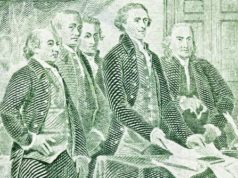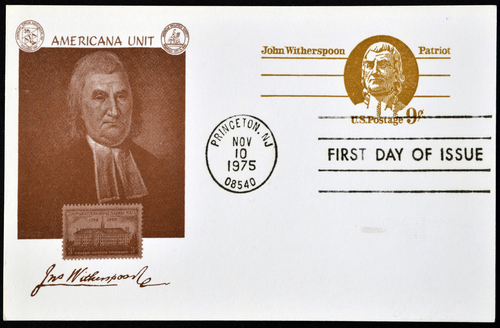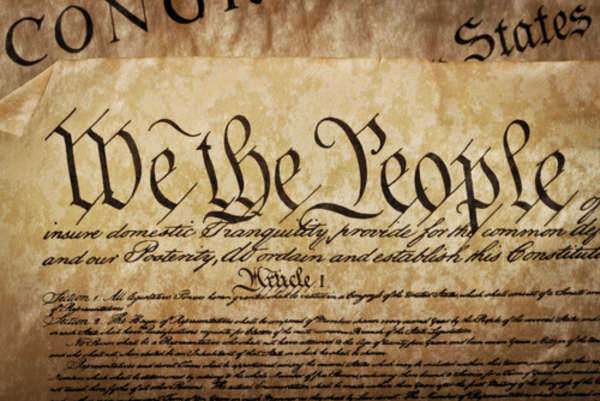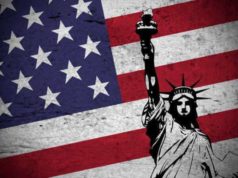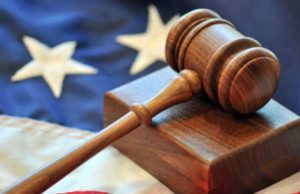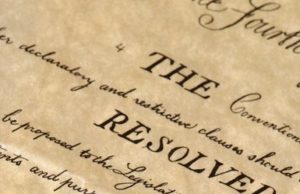Table of Contents

4 Questions About Constitution: An In-Depth Perspective
The Constitution of the United States is the supreme law of the land and a fundamental basis for the American government. It is the foundation that grants power to the federal government, sets limitations to the exercise of authority, and outlines the rights of citizens. As such, it has been a continuous source of debate and discussion and has undergone several amendments to suit the needs of a changing society.
While the Constitution may seem like a complex document, it is essential to understand its significance and its role in shaping American democracy. In this article, we will explore four of the most commonly asked questions about the Constitution, providing a detailed perspective and updated information on the topic.
1. What Is the Constitution?
The Constitution is a written document comprising seven articles, which defines the structure and function of the federal government of the United States. It was drafted in 1787 and ratified in 1789, replacing the Articles of Confederation, which were deemed inadequate in providing for a strong central government. Since then, the Constitution has remained the supreme law of the land, serving as a guide for the balance of power between the three branches of government: the legislative, the executive, and the judiciary.
The Constitution sets forth the framework for a representative democracy, outlining the powers and responsibilities of both the federal and state governments. It created a system of checks and balances and established a Bill of Rights, which enumerates fundamental protections such as freedom of speech, religion, and the press, as well as the right to bear arms and due process of law.
2. What Are the Amendments to the Constitution?
Since its ratification, the Constitution has been amended 27 times, highlighting its adaptability to changing social and political landscapes. These amendments serve to protect individual liberties and civil rights and to address issues that were overlooked during its initial construction.
The first ten amendments, known as the Bill of Rights, were ratified in 1791 and affirm the basic principles of democracy, ensuring that no matter the political majority, individual freedoms could not be infringed upon. Subsequent amendments have gone on to address issues such as slave emancipation, voting rights, citizenship, and the prohibition of alcohol.
Most recently, the 27th amendment was ratified in 1992 and limits Congress’s ability to pass laws that increase or decrease their own salaries, creating more accountability in government.
It is important to note that the amendment process is a difficult one, as it requires both houses of Congress to pass it with a two-thirds majority vote, or hold a constitutional convention for proposing amendments. Additionally, the amendment must be ratified by three-fourths of the state legislatures or conventions to become law, exemplifying the careful and deliberate nature of the process.
3. What Is the Role of the Judicial Branch in Interpreting the Constitution?
The judicial branch of government plays a crucial role in interpreting the Constitution, thereby ensuring that government actions comply with its provisions. The Constitution established this branch through Article III, Section 1, which states that “The judicial Power of the United States, shall be vested in one supreme Court, and in such inferior Courts as the Congress may from time to time ordain and establish.”
The Supreme Court is the highest court in the United States and has the power to interpret the Constitution and to review federal and state laws to ensure that they align with its principles. The Court, through its rulings, has held a significant role in shaping American democracy by setting precedents and affirming individual rights.
One of the most famous cases in the history of the Supreme Court is Marbury v. Madison (1803), where Chief Justice John Marshall established the principle of judicial review. This principle grants the Supreme Court the authority to declare an act of Congress unconstitutional, thereby limiting the exercise of power from any single branch of government.
In recent times, the Supreme Court has been instrumental in interpreting constitutional rights and protections for minority groups, including upholding affirmative action policies, protecting LGBTQ+ rights, and safeguarding women’s reproductive rights.
4. How Does the Constitution Affect the Everyday Lives of Americans?
While the Constitution might seem like an abstract document of little significance in our daily lives, it is essential to recognize that its principles and provisions significantly impact Americans.
For instance, the First Amendment provides for freedom of speech, allowing us to express ourselves without fear of reprisals from the government. This right is especially significant in protecting the media, who need to report on issues and hold public officials accountable without fear of persecution.
The Fourteenth Amendment’s due process clause ensures that individuals are entitled to a fair trial, and the Eighth Amendment’s prohibition on excessive bail and fines protects against the imposition of oppressive monetary penalties.
Moreover, the Constitution affects the lives of Americans through the selection of elected officials, who are bound by its provisions. It sets up a system of democratic governance, where the people decide the leaders who will represent them and make important decisions that affect their lives.
Conclusion
In conclusion, the Constitution is a vital document that continues to shape the American democracy we enjoy today. Its principles and provisions provide a foundation that guides the federal government and guarantees the rights of American citizens. While it may seem complex, understanding the Constitution’s significance and role in shaping American democracy is crucial in ensuring its protection for future generations.
What is the Constitution?
The Constitution of the United States is considered to be the foremost piece of the legislature with regard to the implementation and authorization of legality and lawfulness within the United States; upon its creation, the Constitution of the United States not only outlined a framework for a legislative system, but also an identifiable statute reflecting the legal guidelines imposed with regard to the relationship between the United States Federal Government and its collective citizens.
What Preceded the Constitution of the United States?
The Articles of Confederation was the first piece of national legislature adopted by the United States of America subsequent to the end of the Revolutionary War; the United States of America gained their independence from England as a result of their victory:
· The Articles of Confederation allowed all 13 of the United States to exist as sovereign entities, which prevented any or all involvement of the central government with regard to administration and legislation; many historians classify the Articles of Confederation to be reactionary to the unpleasant conditions under which citizens of the United States lived with regard to the Monarchical rule of King George II of England
· The Articles of Confederation limited the administration of the central government to the military, postal service, regulation of currency, and the authorization of foreign policy; however, the central government was granted no authority over the 13 states, which were considered to be sovereign bodies
· The inadequacies were considered to be glaring within the text of the Articles of Confederation; the authors of the Constitution deemed that the lack of any governmental power established a lack of organization, as well as national unity
When was the Constitution of the United States Written?
The timeline existing in regards to a recounting of the Constitution of the United States’ authorship cannot be limited to a single date; this is due to the fact that the penning of the Constitution of the United States took place in a gradual fashion – various drafts and edits were instated prior to its subsequent ratification:
· In 1785, a Convention was held at Mt. Vernon in order to discuss potential action with regard to the separation of the Potomac River with regard to the vague precepts conveyed within the Articles of Confederation with regard to the territory; Federalists Alexander Hamilton and James Madison, as well as pundits including Benjamin Franklin and George Washington, were in attendance – as a result of this meeting, the replacement of the Articles of Confederation in lieu of an updated legislature was proposed
· Subsequent to the conference in Mt. Vernon, a draft of the Constitution of the United States was completed as a result of the Philadelphia Convention, which convened on May 5th, 1787
· The Final draft of the Constitution of the United States was ratified on September 17th, 1787
Who Wrote the Constitution of the United States?
The authorship of the Constitution is considered to be communal; the primary recipients of the classification of authorship is typically credited to Thomas Jefferson, James Madison, Thomas Paine, and John Adams – George Washington is credited with the responsibility of overseeing the Constitutional Convention


